
“When Stacey Baker spots a good pair of legs, she has to move quickly,” writes Kathy Ryan, the director of photography at the New York Times Magazine in the introduction of the book NY Legs. Baker is a photo editor at the magazine but, on her spare time – often during lunch hours – she’s also a photographer, using her iPhone to photograph the legs of New York women in front of “gritty, textured” walls. Shared on the @stace_a_lace Instagram account, the thousands of pairs of legs offer a typological survey of a city full of similarities, differences and contradictions; a survey that has caught the attention of close to 80,000 people on Instagram and steered up conversations about body image and identity.
Now, Baker is bringing together 93 of her best photographs in a book called NY Legs, published by Kehrer. She speaks to TIME LightBox.
Olivier Laurent: What pushed you to do this project in the first place?
Stacey Baker: I have always paid attention to other women’s legs because I always wanted longer legs and being in New York, which is such a walking city, you notice other people’s bodies. I’d see someone’s legs and think, ‘Oh, gee. I sure would like to have those legs.’ So, I started taking a few pictures and I think I just wondered, is there something interesting here or is there not? I don’t think it was until I settled on this idea of finding a wall and asking someone to stand in front of a wall – where there was more of a typology – that I thought it was interesting.
Was it this sort of typology that made you think there was more to these photos?
Yes. There’s something wonderful about the serendipity of the project and any other documentary projects where you take a picture and you’re not sure if it’s going to be interesting. When I see a woman on the street and I’m interested in her shape or her clothes or the way she stands, I’m thinking there’s a picture there. But then I have to find a wall. For example, if I see someone in Soho: Soho sucks for walls. There are no good walls in Soho. But regardless, you see the woman, you think there’s going to be a picture there, then you hope she’s going to say yes. And then you need to find a wall, and so there’s something about that kind of challenge that I like. Then when you take the picture, sometimes it’s interesting and sometimes it’s not, which is why I posted I think over 1,000 pictures, and in the end there are only 93 pictures in this book because they’re not all successful or interesting. I think that the ones that are the most successful are the ones that are the most sculptural. The combination of the wall, their shape, and what they’re wearing, it all comes together.

You started this as more of a personal project, when did it become more than this? When did it take on a greater meaning?
I think it kind of became an addiction. Being a photo editor, we get highs, so to speak, when we make great assignments or when great pictures come in. But for me, I was suddenly getting a high from being creative myself. I think I really got a little bit more of an insight into how photographers work or what keeps their fire burning.
But the photos also have a greater meaning for your followers and readers.
Exactly. That’s something that I loved about Instagram, the fact that you have this forum, this community, where the feedback is instructive. Women’s legs interested me because of an inferiority complex I have about my own legs, but then, once I started sharing the pictures, it resonated with other women. I think the fact that I was photographing women of all different shapes and sizes; they responded to that. There was a community of other women out there that saw something in it, too, that was either affirming or reassuring.
You mentioned this feedback has since turned to a dialogue with the audience. You have this experience, you’re putting these photos out there and you’re getting the reaction from your audience. Now these photos are going into the book. What is the goal behind the book as opposed to your Instagram feed?
I personally think that the project itself is far more interesting as a collective. I mean, maybe the best way that they would even be viewed is on a wall. It’s really about the scores of different shapes and so I think I wanted a book that really spoke, page after page after page, of this typology of just legs cropped from the waste down. And selfishly, I just wanted to have a book and it didn’t really dawn on me until Matt Willey, who is our art director, posted a comment on my feed saying, ‘Hey, I’d like to design a book of these pictures.’
Were you surprised by the popularity of the work?
I really do struggle with it because we, at the New York Times Magazine, work with great photographers, and I do struggle with whether or not the pictures are all that interesting.
Why do you struggle with that? What makes you think that this is not that interesting or that important?
Well, I think there’s that verse in Ecclesiastes in the Old Testament that says something like, “There is nothing new under the sun.” And I think especially in this age of social media and everyone having iPhones, we all take pictures now, so how do you differentiate yourself? How do you do something that’s interesting? In addition to that, the bar for me is really high. I work with [great photographers like] Lynsey Addario and Alec Soth so…
Do you think that this experience has informed your point of view as a photo editor?
I’ve thought about that. I think it has given me a much greater appreciation for the photographer’s process. This idea that they’re assigned to do something and maybe it works and maybe it doesn’t, but then they have to problem-solve and figure out how to make it work, and unfortunately, as you know, sometimes the photographers we work with have to do that very, very quickly, and other times, if it’s a long-term project, they have more time to solve that. It certainly gave me a much greater insight into how photographers work and a lot more respect for them, although I think I already had a great deal of respect for them.
Stacey Baker’s NY Legs is available now. Follow the project on Instagram @stace_a_lace.
This interview has been edited for clarity and brevity.
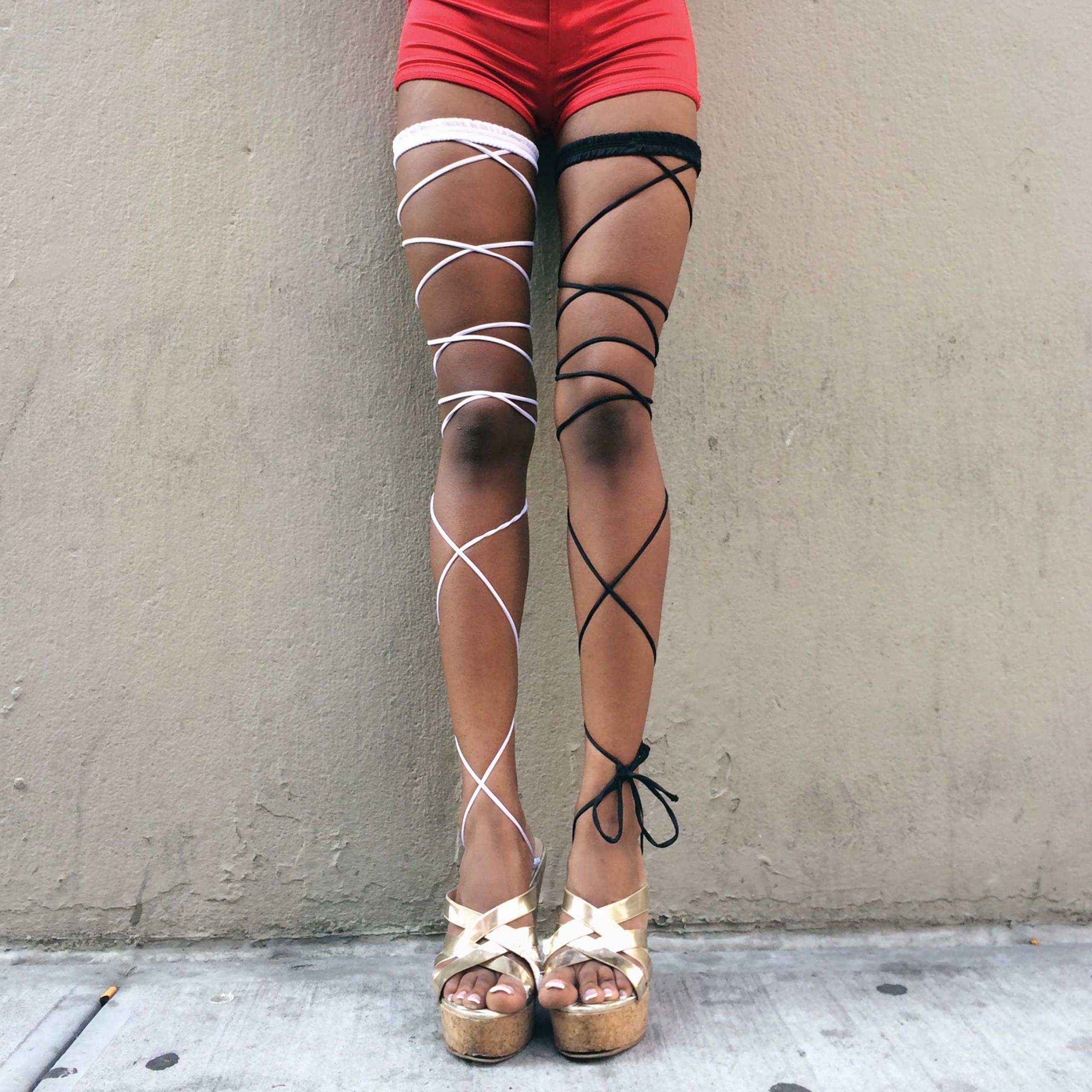

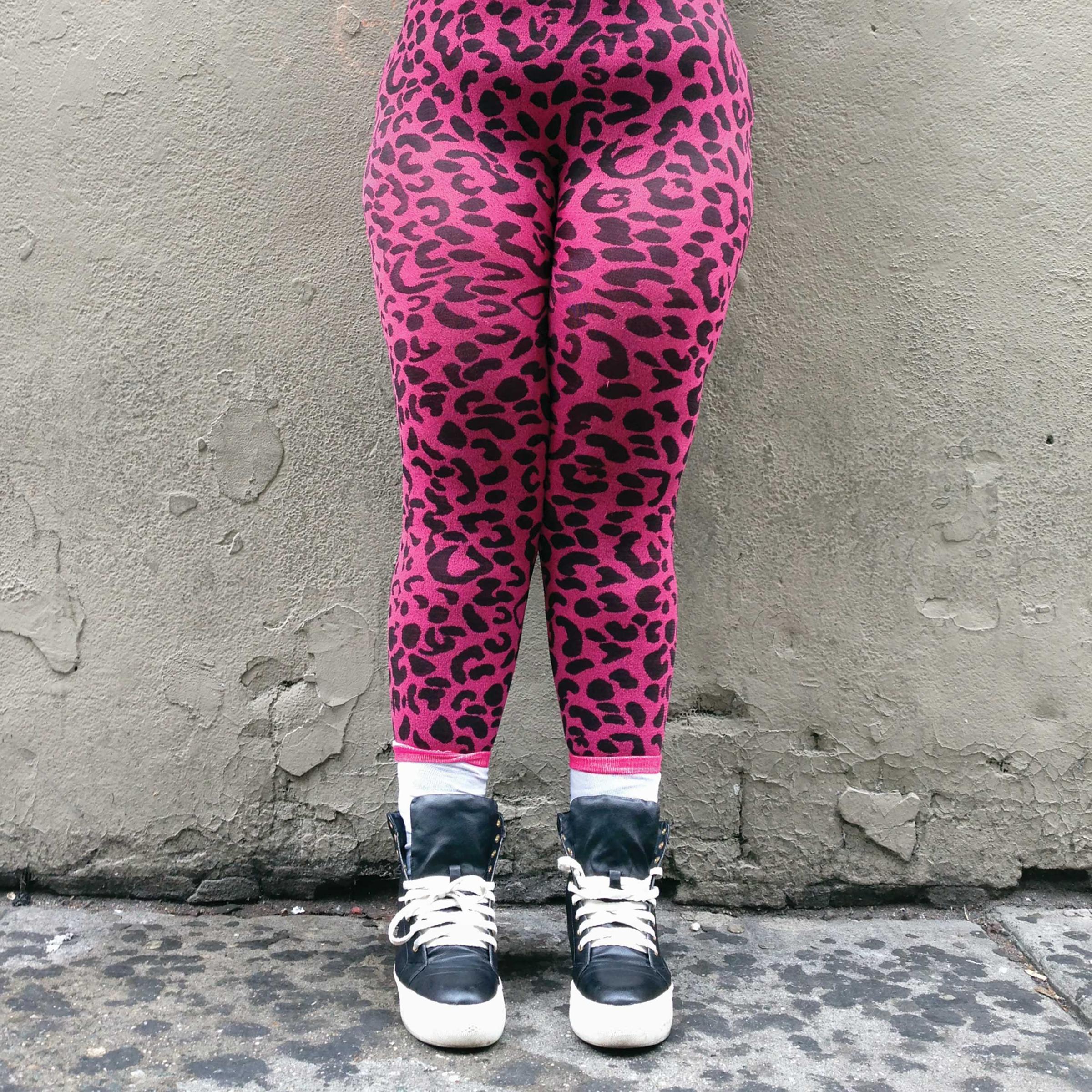
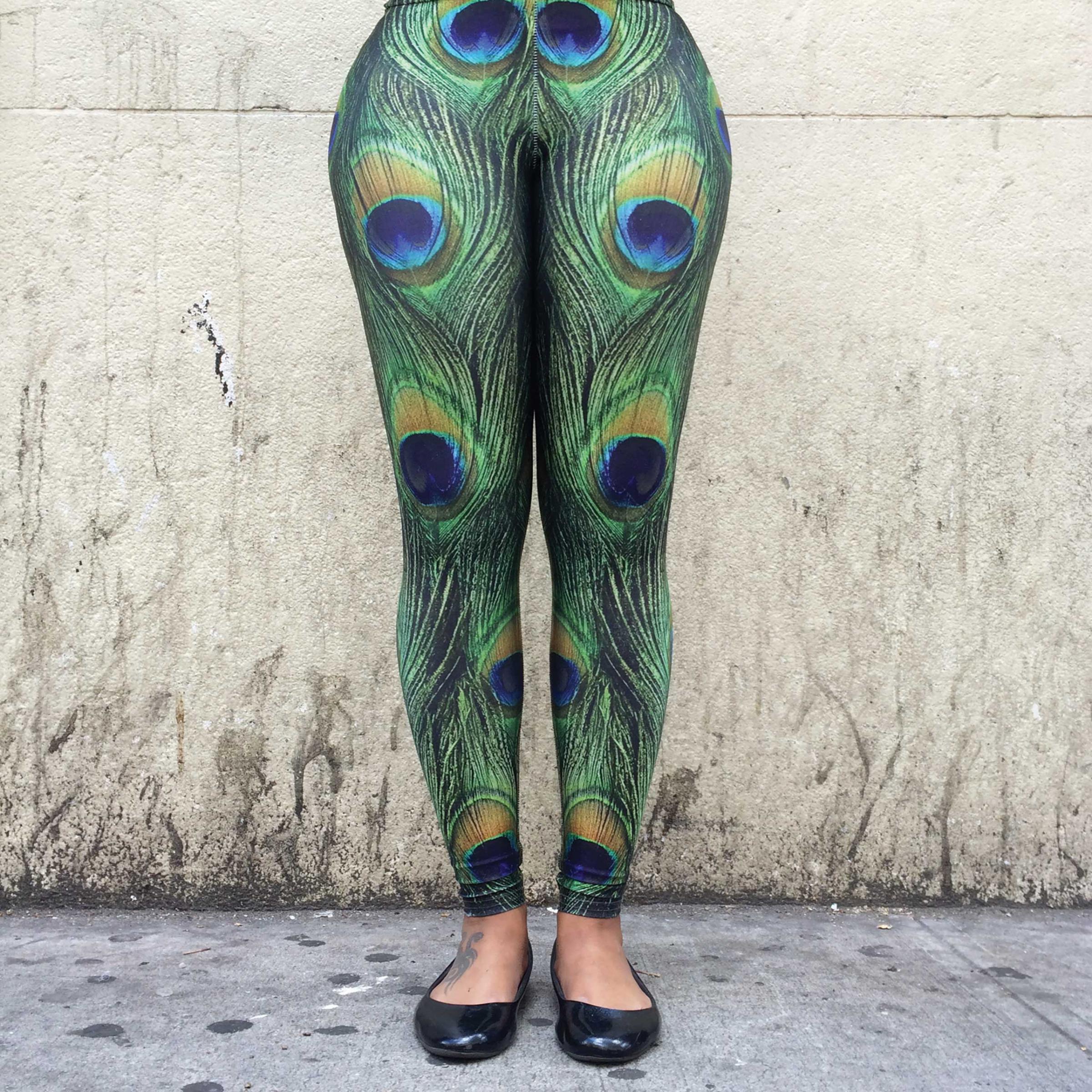


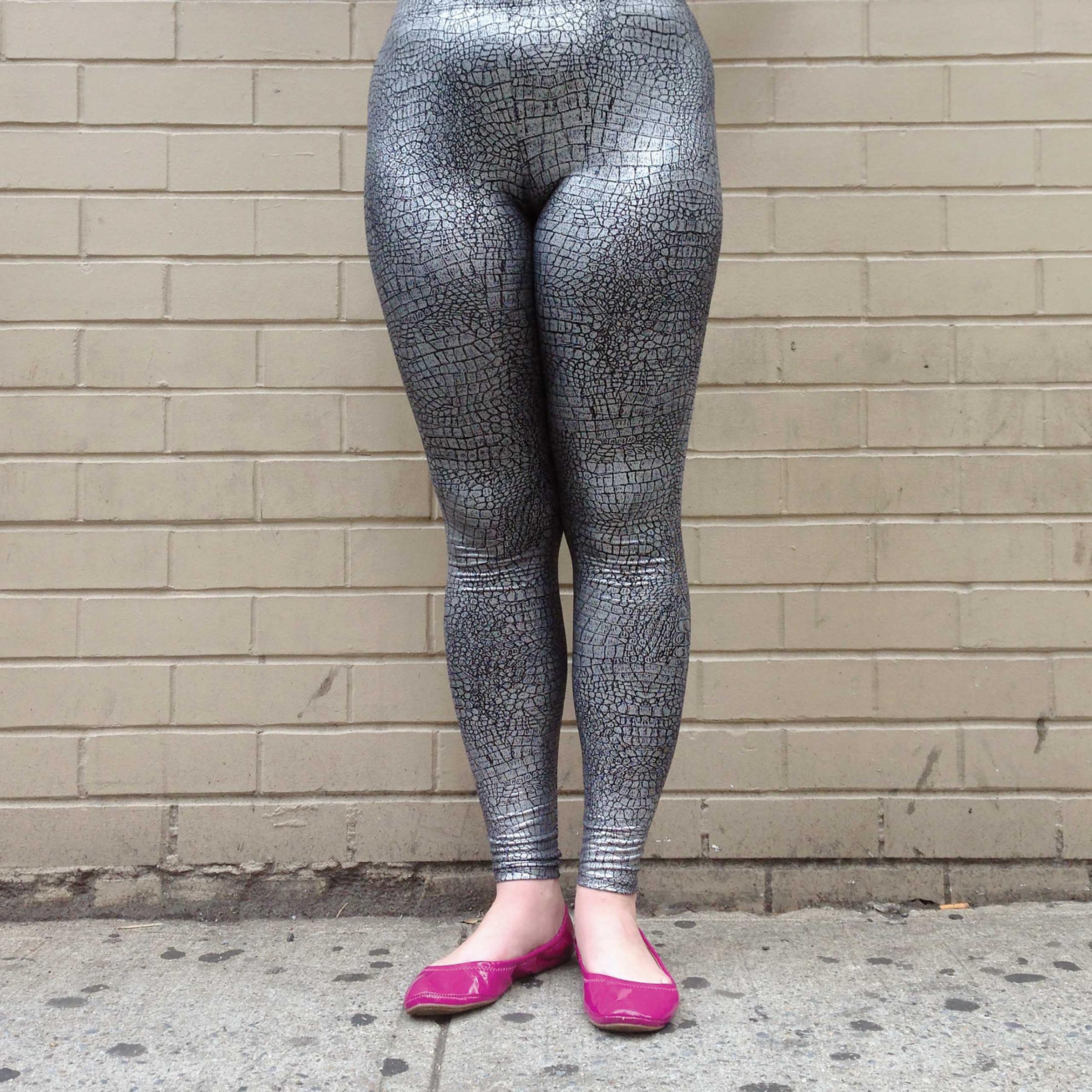



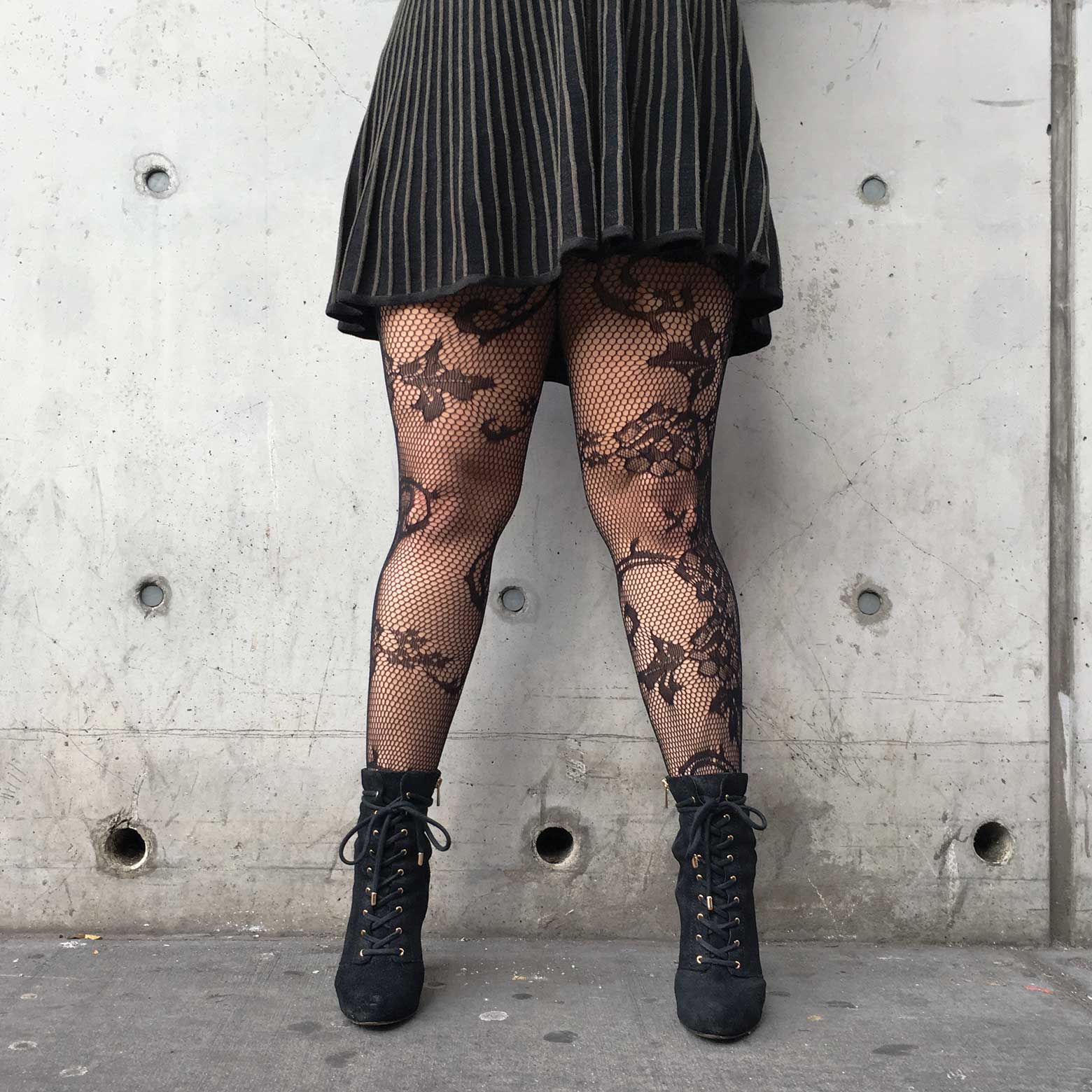
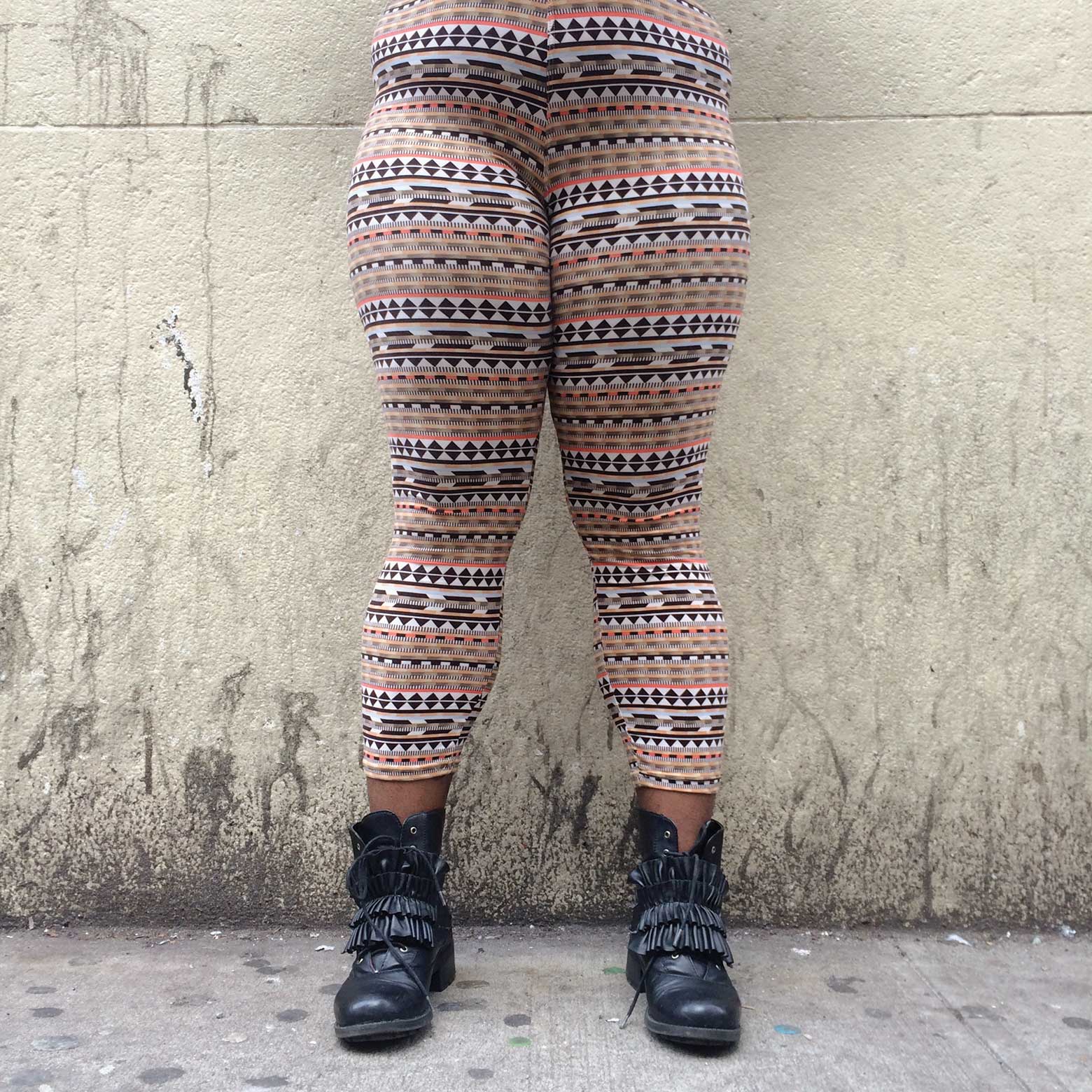
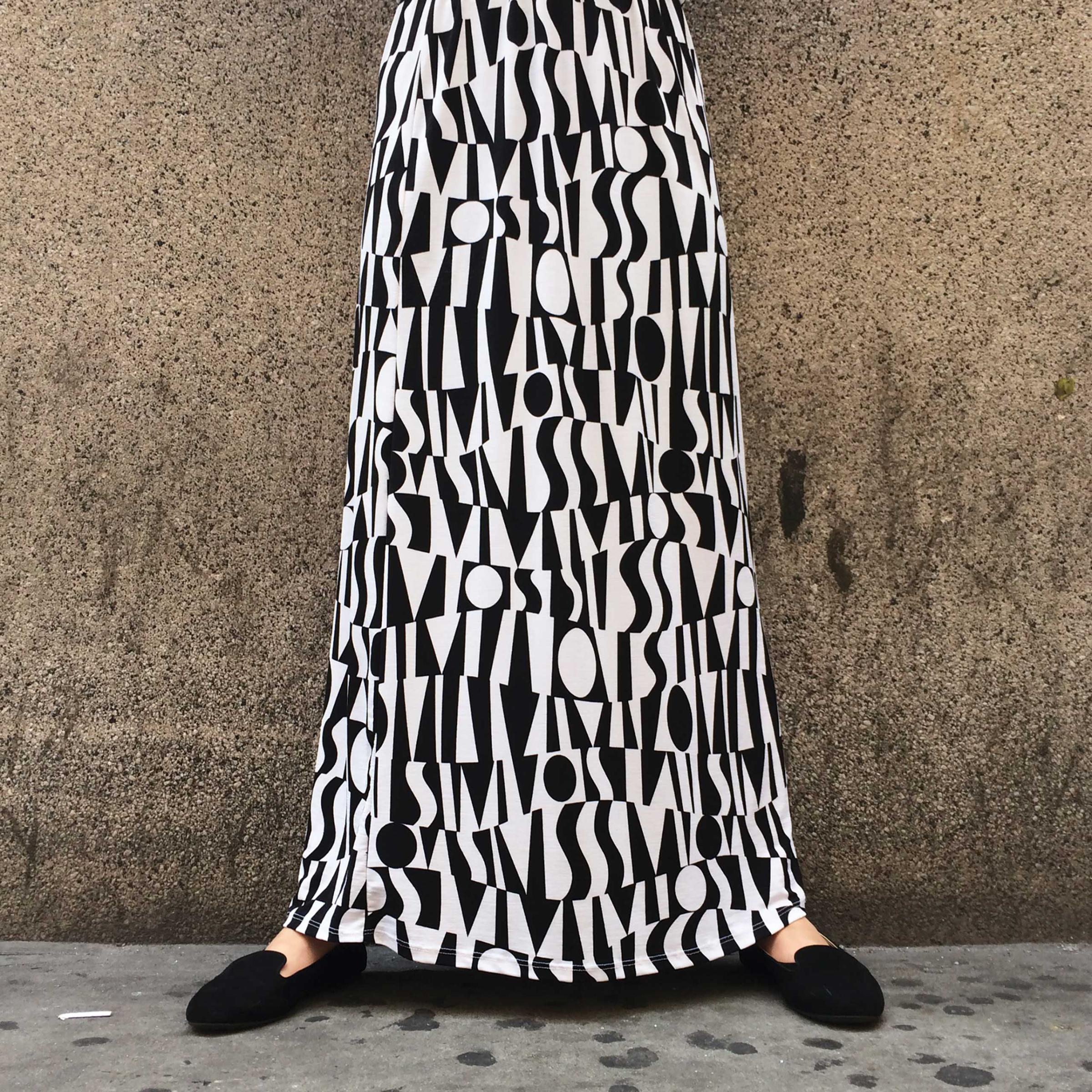
More Must-Reads from TIME
- Cybersecurity Experts Are Sounding the Alarm on DOGE
- Meet the 2025 Women of the Year
- The Harsh Truth About Disability Inclusion
- Why Do More Young Adults Have Cancer?
- Colman Domingo Leads With Radical Love
- How to Get Better at Doing Things Alone
- Michelle Zauner Stares Down the Darkness
Contact us at letters@time.com